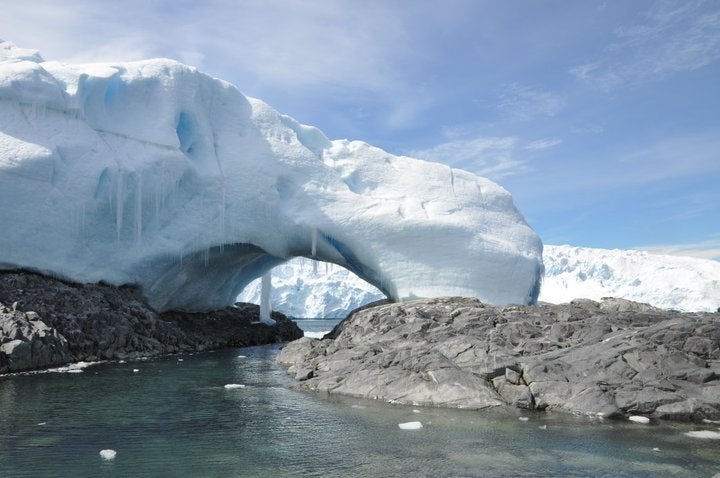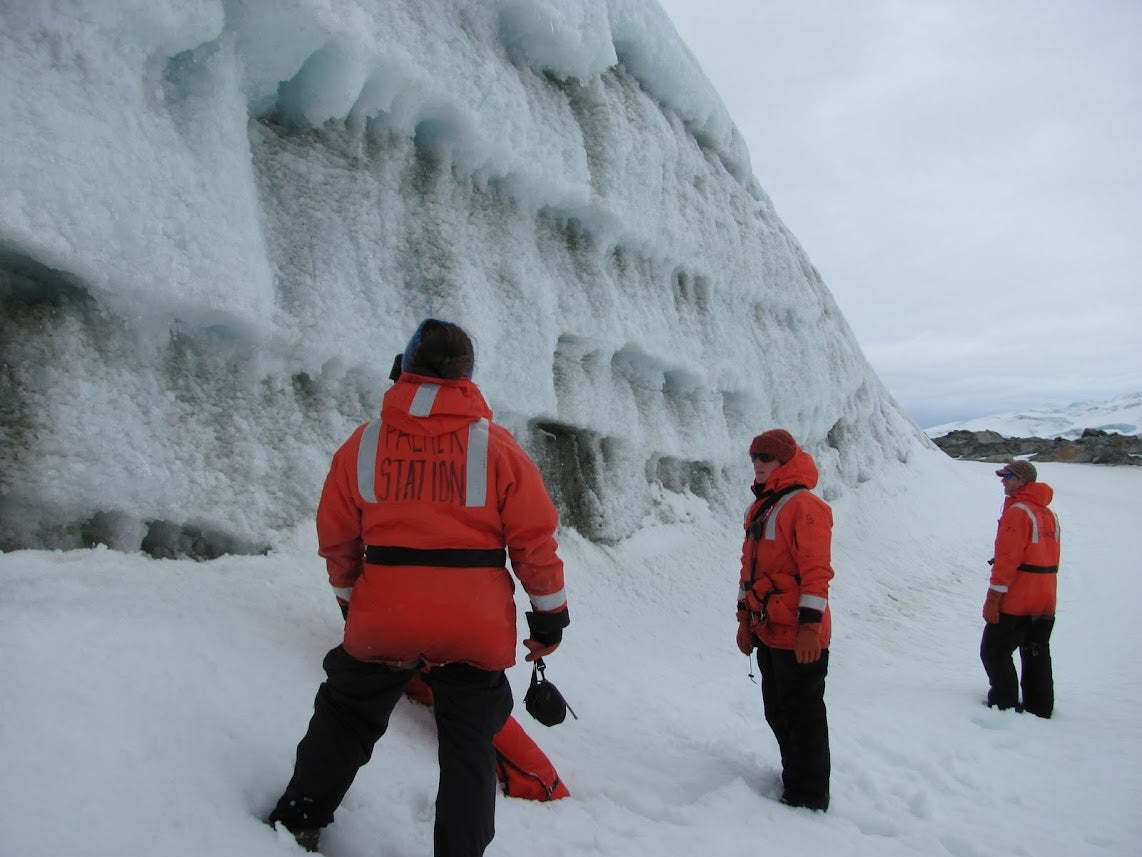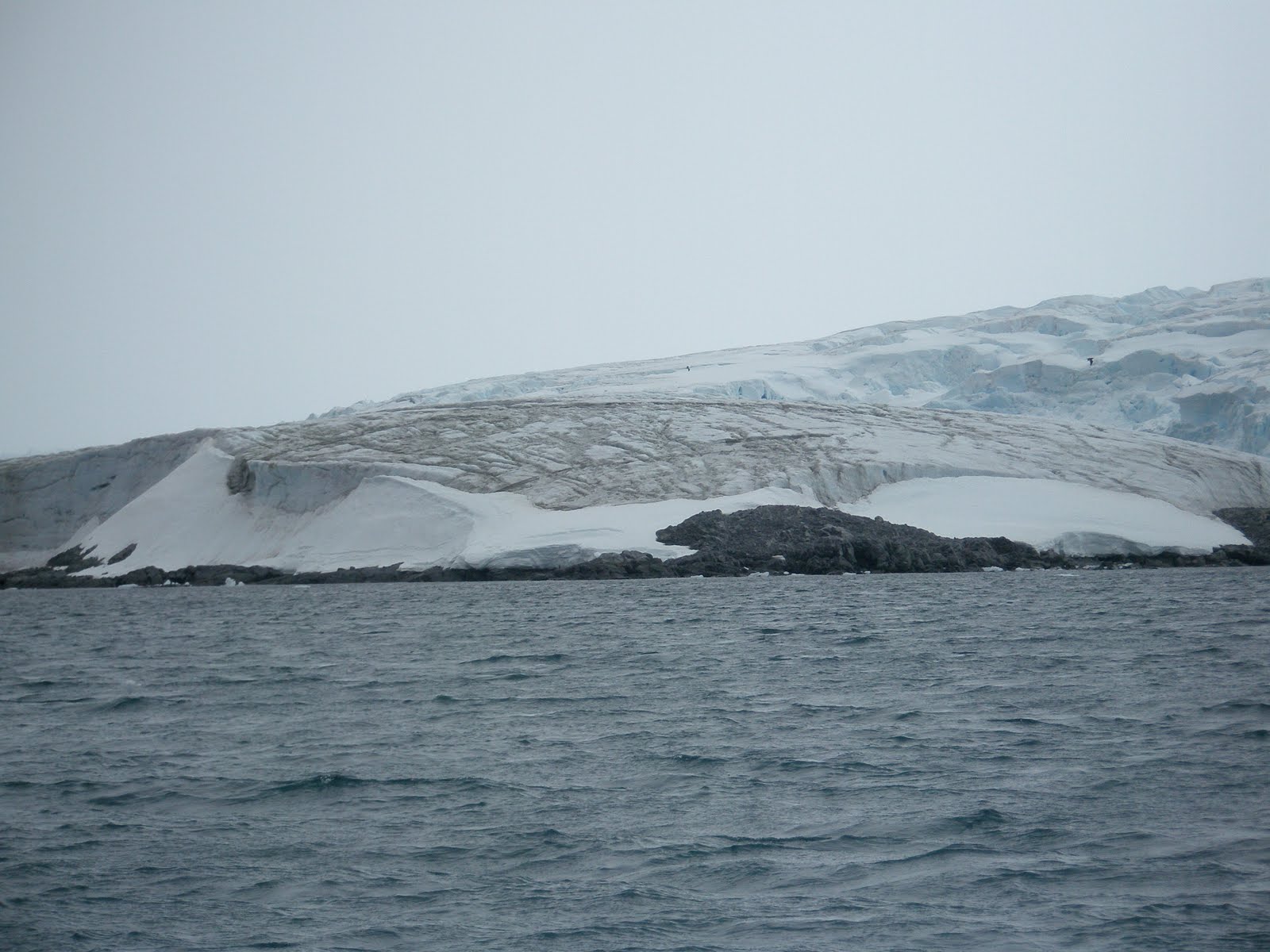Why melting polar ice is a debt we can’t afford to carry

We now know it’s official – 2023 was the warmest year ever recorded.
Citizens across the globe felt the impacts long before it was confirmed. There were unprecedented wildfires in Canada that turned the New York sky orange. Phoenix saw a record-breaking 31 consecutive days with temperatures topping 110 degrees.
Along with these very immediate impacts, we also need to pay attention to the longer-term impacts of climate change. Specifically, when it gets hotter, ice locked in glaciers and ice sheets melts and ends up as water in the ocean. It takes a long time to melt, but eventually all that water raises the level of the ocean.
Here’s a simple way to think about it: Imagine taking an ice cube out of your freezer and putting it on the kitchen counter. It’s sitting there, you can see it. But you know it won’t be there forever because at room temperature it will naturally melt and become water.
That’s basically what’s happening now. We just took some (not all) ice out of Earth’s freezer and it’s slowly melting. A glacier is a huge volume of ice that takes a long time to melt. But it will keep melting until it’s at its natural balance point, like the ice cube.
About 15 years ago I worked at a science base in Antarctica called Palmer Station, where I observed pieces of “dead ice,” just sitting there melting like big dirty ice cubes. That dead ice has turned into sea water, and more glaciers are dying every day.

Because temperature is rising so fast, we haven’t seen the full impacts of melting and sea level rise from the warming that’s already occurred. It’s like there’s a melting debt that we haven’t paid yet. It also means that the more the temperature rises the larger our sea level rise debt will get, and the science indicates that it would rise exponentially.
If we are able to hold temperature rise below 1.5 Celsius, sea level rise in 2100 would be about a foot higher than it is now And, and more likely than not, it would be about three feet higher in 2300 – endangering coastal communities from Florida and Texas to the Netherlands and Vietnam.

To reduce our sea level rise debt, we need to stop emitting greenhouse gases and further increasing the temperature as soon as possible. That’s why it’s critical that we accelerate efforts to stabilize the climate and achieve a just transition.
To learn more about melting debt, watch our video.












One Comment
For 10,000 years we had just the right amount of ice to moderate the storms, etc. If we want to restore agriculture and insurance, we should forget about a 1.5 C limit, and aim for a few centuries of -.5 C to restore the ice. Carbon Capture is not a dirty word if it is done right. The failures have been used for propaganda.